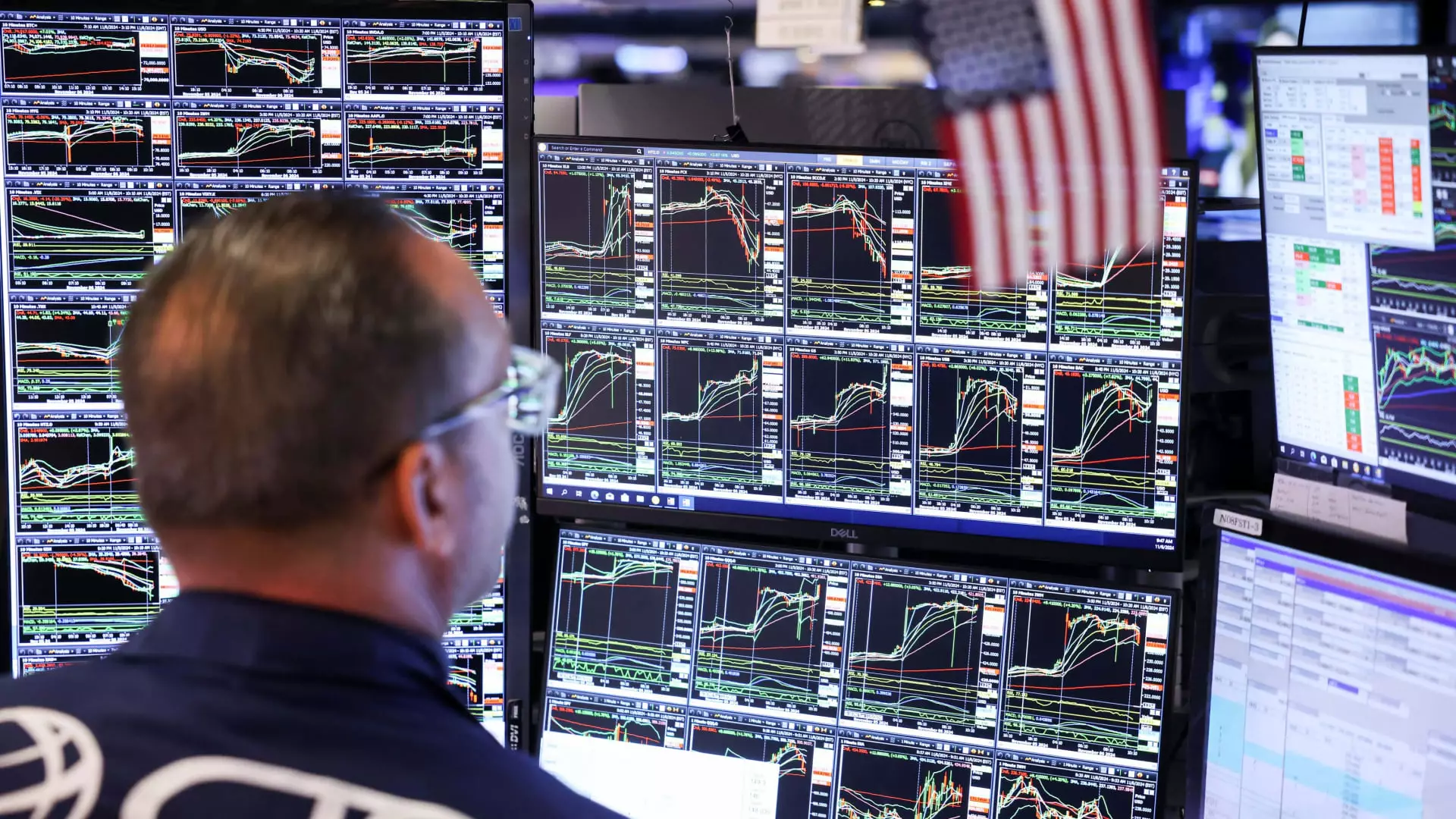The financial landscape in 2024 has taken many by surprise, particularly with the S&P 500 index demonstrating extraordinary growth that defied the cautious predictions of prominent strategists. The onset of the year brought with it a wave of apprehension regarding a potential recession, with market forecasters predicting modest gains or significant declines. Instead, what unfolded was a dynamic market environment largely fueled by advancements in artificial intelligence and other favorable economic variables. This article will scrutinize the factors contributing to the unexpected surge in Wall Street’s performance, highlighting the shifts in strategic forecasts throughout the year.
At the start of 2024, many analysts expected that the United States economy would succumb to a recession, leading to a decline in the stock market. Instead, the country witnessed sustained economic growth alongside an expanding labor market. This scenario was particularly enthralling, as it not only countered recession fears but also fostered investor confidence. Factors contributing to this growth included robust consumer spending, resilience in corporate earnings, and a gradual alleviation of supply chain disruptions. Notably, as inflation rates stabilized and headed toward the Federal Reserve’s target of 2%, the broader economic picture encouraged investment, leading to heightened market activities.
A pivotal element in the year’s surprising market performance was the Federal Reserve’s decision to initiate rate cuts as the economy maintained its upward trajectory. In September 2024, the Fed’s reduced interest rates by 50 basis points enabled for cheaper borrowing costs, invigorating both consumer and corporate investments. This move, critically seen as a means to support ongoing economic expansion, proved to be a game-changer for many market participants. Lower interest rates generally spur increased spending by consumers and businesses alike, creating a feedback loop that enhances market performance.
The return of Donald Trump as President significantly influenced market sentiment, amplifying the euphoria among investors. The anticipation of radical deregulation and potential tax reductions drove a wave of optimism, leading to speculations that favored stock purchases. Such political dynamics shape investor psychology profoundly, often prompting market rallies during election cycles. Regardless of personal views about the political climate, the markets seemed to respond favorably around Trump’s return, thereby affecting stock valuations and sentiments positively.
Initially, forecasts for the S&P 500 were starkly conservative, with estimates from major investment banks ranging widely but generally falling short of actual performance. Predictions at JPMorgan and Goldman Sachs anticipated levels near 4,700, while few had the foresight to envision a figure soaring past 6,000. As the year progressed, many institutions recalibrated their expectations, citing the compelling performance illustrated by market dynamics. For instance, while JPMorgan held firm on its conservative predictions, other banks, including Oppenheimer, adjusted their targets to reflect the new optimism, suggesting further upward movement.
With 2024 drawing to a close, strategists are already casting their eyes toward 2025. The market’s robustness prompts an outlook laden with optimism, as analysts highlight the potential for sustained growth driven by technological advances and economic resilience. Investment banks are revisiting their data, looking for signs that this bull market may continue, despite potential headwinds such as geopolitical tensions and inflationary pressures.
The story of Wall Street in 2024 stands as a testimony to resilience and adaptability in the face of uncertainty. What began as predictions of economic decline morphed into an impressive bull market, punctuated by rate cuts and political shifts that ignited optimism. As strategists reevaluate their perspectives, the unfolding narrative suggests that, while caution will always play a role in market dynamics, the unpredictability of economic factors continues to pave the way for extraordinary outcomes. Keeping a keen eye on these developments as we head into 2025 will be critical for investors aiming to navigate the complexities of the financial landscape effectively.


Leave a Reply